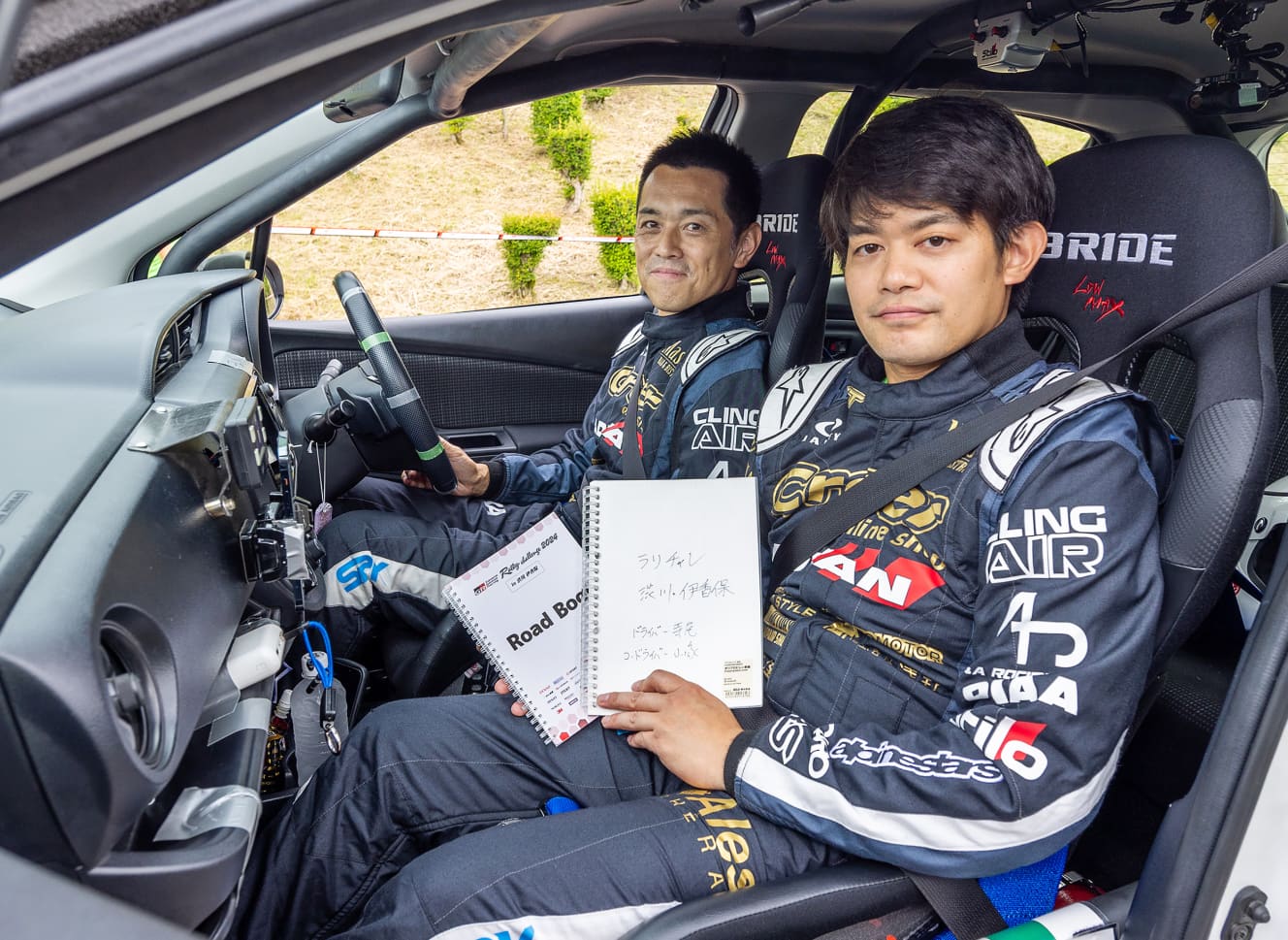Takahiko Kozuka’s Journey from Figure Skating to Rally Racing
Nine years after retiring from the Vancouver Olympics, the former Vancouver Olympian is now fully engaged in rallying as a driver's assistant.

“After reaching the finish line, I was hit with a wave of exhaustion. I hadn’t realized it during the competition, but my thigh muscles were incredibly tight. I realized that I must have been unconsciously bracing my lower body.”
Takahiko Kozuka, a former Japanese figure skater with impressive achievements including 8th place at the 2010 Vancouver Olympics and 2nd place at the 2011 World Championships, has embarked on a new challenge nine years after his retirement.
As a member of the rally team “Muscle Rally,” he made his debut as a co-driver at the TGR Rally Challenge held in Shibukawa and Ikaho, Gunma Prefecture, at the end of June, and successfully completed the rally.
“Mr. Hiroyasu Shimizu, a speed skating Olympic gold medalist, participated due to his connection with the Muscle Rally as a driver. The driver I teamed up with this time was Mr. Satoru Terao, who competed in the Winter Olympics in short track speed skating four times. I currently work for Toyota Motor Corporation in a department that creates sports events, and one reason for my participation was my belief in the importance of seeing the scene with my own eyes.”
Toyota Motor Corporation Chairman Akio Toyoda, who also competes in rallies, directly encouraged him by saying, “Rallying is great.”
The co-driver’s main job is to check the course conditions in advance and record them in detailed rally notes. Based on these notes, the co-driver provides the driver with information about the course structure and the nature of turns from the passenger seat during the race.
“The rally notes are like sheet music, and inside the car, the co-driver feels like a conductor. Just as a conductor uses their baton with their own style, even with a group of excellent performers, if they don’t synchronize, the performance can fall apart. Timing in delivering instructions is also crucial and comes with a heavy responsibility.” (said Kozuka)
In the morning, there were moments when their timing didn’t align in the curves, but they made excellent adjustments in the afternoon.
“Both Mr. Terao and I quickly deepened our focus and coordination. While driving, I could feel our synchronization improving.”
Kozuka said with a smile.
Does experience in figure skating help in rally racing?
“I felt that the way you respond to ice conditions in figure skating and deal with unpredictable obstacles on a rally course are quite similar. Both require adaptive skills, and the sense of tension is enjoyable. Also, being able to keep looking at the rally notes during sharp turns might be due to my figure skating background. I was used to spinning and rotating, so perhaps my vestibular system was well-trained.” (Kozuka said with a smile)
The decisive factor in Kozuka’s retirement from competitive skating was a hip joint injury. Due to bone necrosis, a full recovery was difficult, and he continues to deal with pain even after retiring.
“I still skate a bit to maintain my physical fitness, but there are days when the pain is so intense that walking is barely possible. Participating in rallies, which place less strain on my hip, has made me feel that I’m still continuing in sports. My goal is to compete in and finish 10 rallies within the next two years to qualify for the WRC (World Rally Championship).”
Kozuka, known for his precise and smooth skating performances, is expected to bring a similar fluidity to his rally driving.
From the August 9, 2024 issue of ‘FRIDAY’.
PHOTO: Hiroki Yamazaki